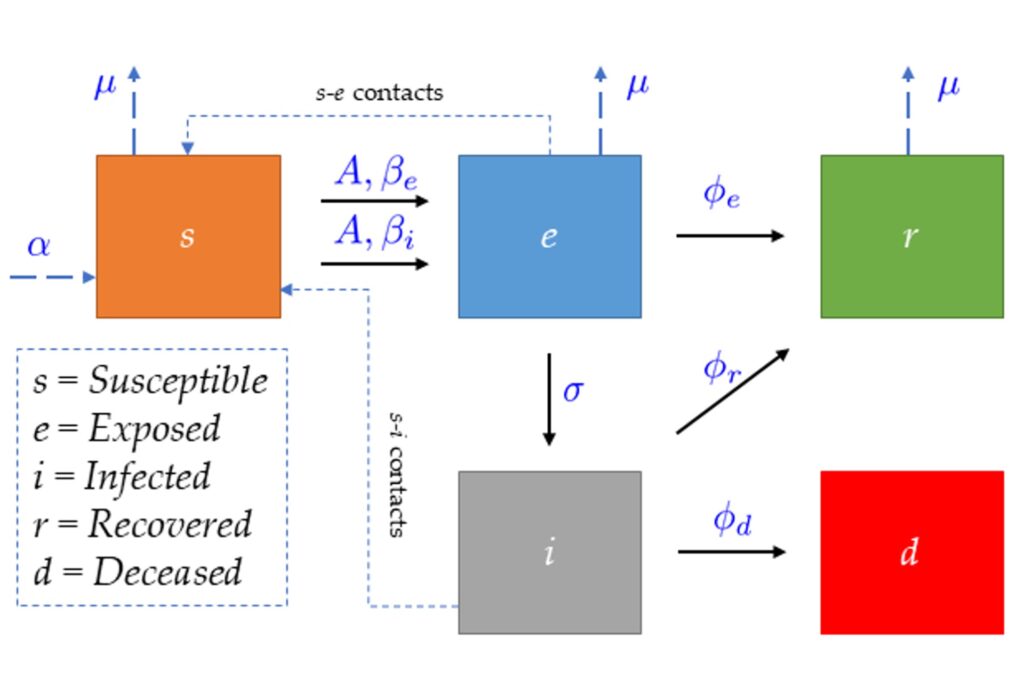Researchers at in the CompMech group, lead by our postdoc Alex Viguerie, have worked over the past months to develop a model of spatiotemporal spread of COVID19 using concepts from computational mechanics to help identify the pattern of contagion in both space and time.
This has been an international effort also involving researchers from RWTH Aachen Group, Emory University and the ODEN institute of the University of Texas at Austin. Early results from this effort have been recently published in the journal Applied Mathematics Letters and can be viewed here.
The work both accurately models the spread of COVID19 in the Italian region of Lombardy, as well as evaluating several different reopening scenarios and the potential impacts.
July 24th, 2020




